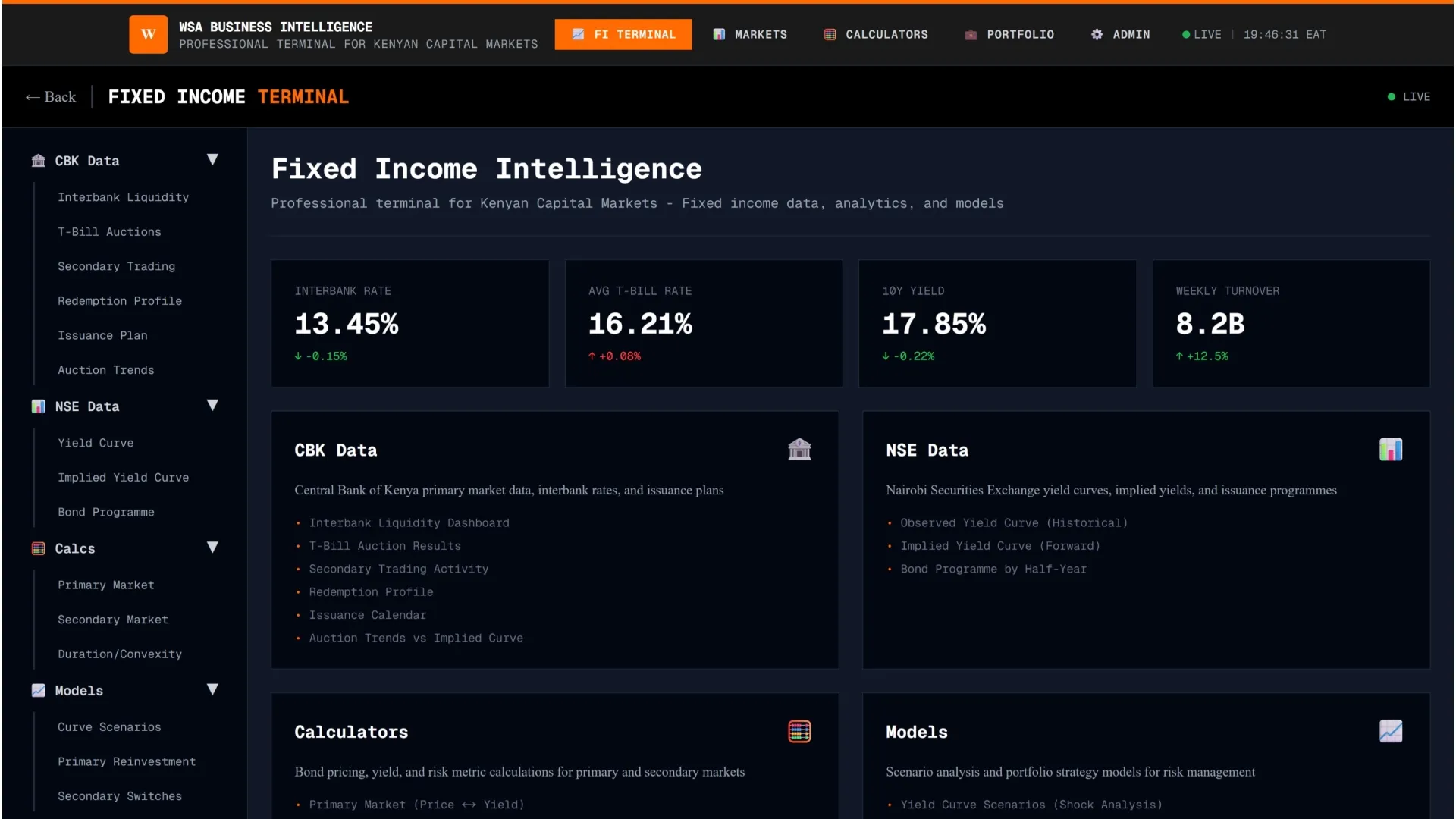Kenya’s mobile money revolution has continued to expand financial reach, particularly in rural areas where access to formal banking remains limited.
- •According to the latest Sector Statistics Report Q3 2024/2025 from the Communications Authority of Kenya, mobile money subscriptions rose by 7.3% between January and March 2025, reaching 45.4 million active users.
- •This translates to a penetration rate of 86.6%, affirming the critical role of mobile money platforms, such as M-Pesa, Airtel Money, and Equitel in transforming the country’s financial services landscape.
- •During the same period, Kenya’s SIM card subscriptions expanded by 6.7% to 76.2 million, while mobile phone connections hit 74.9 million devices, of which over 42 million are smartphones.
Mobile money has become the financial backbone of many rural households. From facilitating small-scale trade and remittances to enabling savings, credit, and insurance, mobile money platforms are bridging the gap left by sparse physical banking infrastructure. In regions where banks and ATMs are few and far between, mobile money agents– whose numbers rose by 5.5% to 417,000 nationwide- provide critical access points for cash-in and cash-out transactions.
For smallholder farmers, traders, and informal workers, mobile money offers a secure, convenient, and low-cost way to handle payments, receive proceeds from produce sales, and even access micro-loans. The integration of mobile wallets with digital marketplaces has also enabled rural entrepreneurs to reach customers beyond their localities, supporting economic resilience and growth.
Yet, the rapid uptake of mobile money also comes with challenges. The sector is increasingly targeted by cyber criminals, with Kenya recording a 201.7% surge in cyber threats during the quarter. As more rural users join the digital economy, there’s is an urgent need to strengthen cybersecurity, enhance user education, and build trust in mobile financial services.
Sustained investment in network infrastructure, affordable smartphones, and digital literacy will be key to ensuring that mobile money continues to drive inclusive growth. Moreover, as Kenya advances toward a cashless economy, ensuring that no region or demographic is left behind will require coordinated efforts from telcos, financial institutions, regulators, and development partners.




